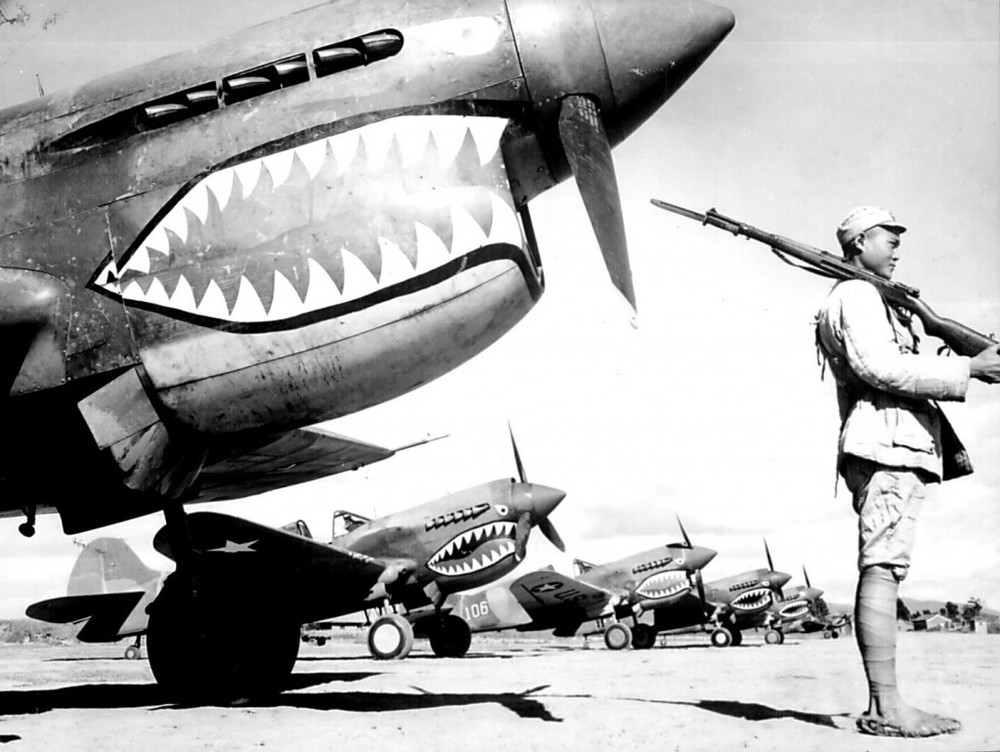John Woo looking to cast Liam Neeson in FLYING TIGERS

It's being reported that John Woo wants to cast Liam Neeson in his upcoming big-budget $90 million dollar IMAX film Flying Tigers. This is based on a true story and will make for a great film! If Neeson commits to it, the movie will only be that much better.
THR Reports:
Woo said he had a CAA client in mind when mulling who should play the lead role of U.S. Army Air Corp Lt. Gen. Claire Lee Chennault -- the contentious American officer whose volunteer Flying Tigers squadron trained the first generation of Chinese fighter pilots taking on Japan in WWII.
"It's got to be a star but it's hard to find the right one, because at that time Chennault was almost 50 years old. Ideally, I've been thinking of Liam Neeson as the title actor," Woo said. CAA confirmed it represents Neeson but declined comment on "Flying Tigers."Playing opposite whoever is cast as Chennault will be a young Chinese actor in the role of a pilot in training. Woo mentioned the likes of actor Liu Ye, who last appeared in a lead role in Lu Chuan's Nanjing Massacre picture “City of Life and Death.”
It was rumored at one point that Tom Cruise would have a role in the film, but I don't think that's going to happen at this point. But, Neeson is a great casting choice, you can't go wrong.
This film will be based on the true story of the 1st American Volunteer Group of the Chinese Air Force in 1941-1942. This group was called the Flying Tigers they were a private military contractor, and the volunteers have also been called mercenaries. They were former United States Army , Navy, and Marine Corps pilots and ground crew, recruited under Presidential sanction and commanded by Claire Lee Chennault. The group consisted of three fighter squadrons with about 20 aircraft each. It trained in Burma before the American entry into World War II with the intention of defending China against Japanese forces.
The Tigers' shark-faced fighters remain among the most recognizable of any individual combat aircraft of World War II, and they demonstrated innovative tactical victories when the news in the U.S. was filled with little more than stories of defeat at the hands of the Japanese forces.
The group first saw combat on 20 December 1941, 12 days after Pearl Harbor. It achieved notable success during the lowest period of the war for U.S. and Allied Forces, giving hope to Americans that they would eventually succeed against the Japanese. The Tigers were paid combat bonuses for destroying nearly 300 enemy aircraft while losing only 14 pilots on combat missions.